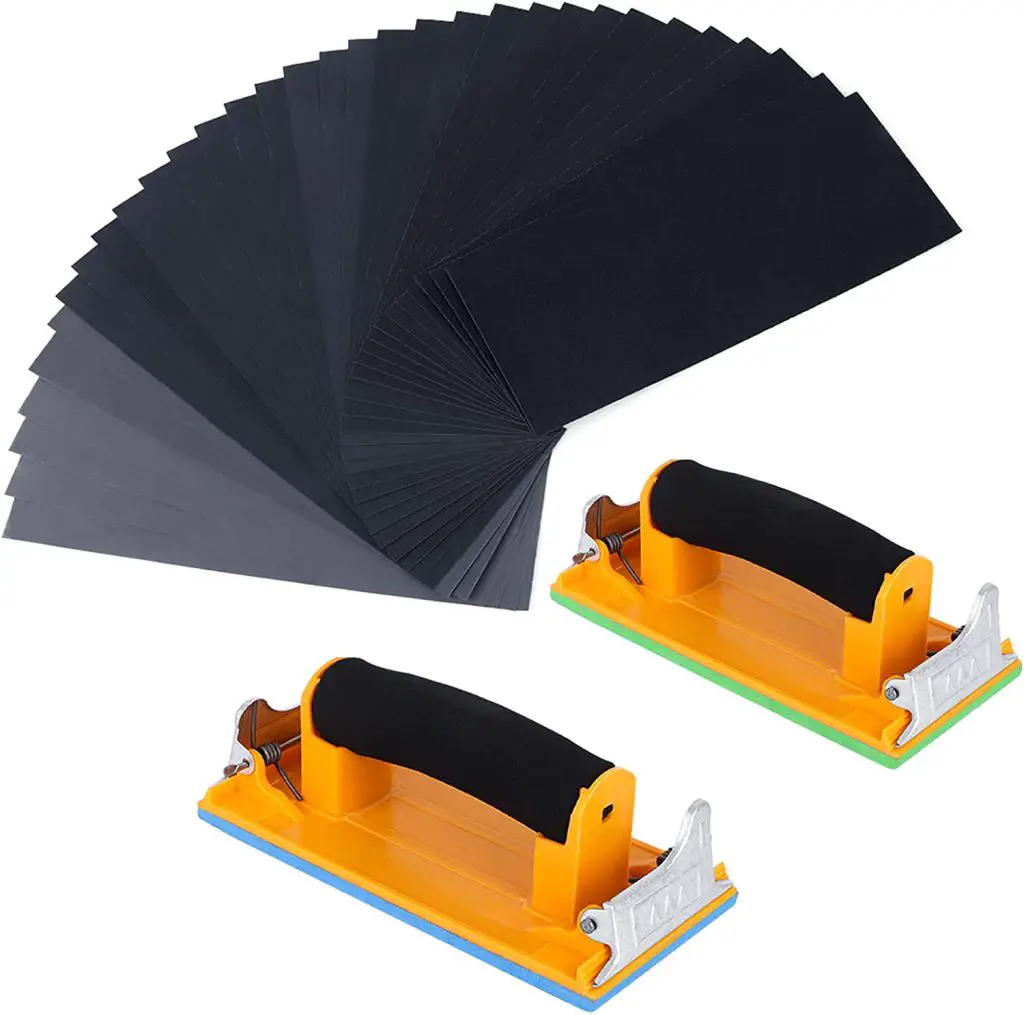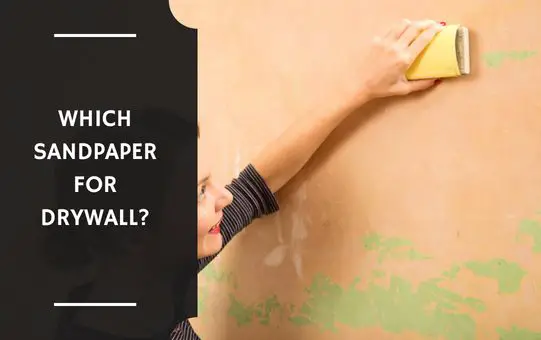Drywall is an essential component of any modern construction project. It is easy to install, highly customizable, and provides a smooth and even surface for painting and other decorative finishes.
However, finishing drywall requires the use of sandpaper, and choosing the right sandpaper for the job can make a significant difference in the quality of the finished product.
Which Sandpaper for Drywall?
There are a few types of sandpaper that can be used for drywall. Sandpaper with a coarser grain will be more effective at removing the paint, while sandpaper with a finer grain will be more effective at smoothing the drywall.
In this article, we will explore the different types of sandpaper that are best suited for drywall finishing.
See Also: What Sandpaper for Drywall Mud?
Which Sandpaper for Drywall? – Guide
In general, you want to use the softest paper possible. You should start out with the 80-grit paper and then move up as necessary. Let’s explore this in detail:
Understanding Sandpaper Grits
Before we dive into the different types of sandpaper, it is essential to understand sandpaper grits.
The grit of sandpaper refers to the number of abrasive particles per square inch on the paper’s surface.
The higher the grit number, the finer the abrasive particles and the smoother the finish will be. Grits range from coarse (40-60) to fine (320-400) and ultra-fine (600-1000).
Coarse Sandpaper
Coarse sandpaper is used for the initial stages of drywall finishing, where the goal is to remove the excess joint compound, spackle, or any other irregularities on the surface.
Coarse sandpaper is typically between 40-60 grit and can be used on both manual and power sanding tools.
It is essential to avoid using too much pressure while sanding, as this can cause the surface to become uneven and create more work later.

Katfort Hand Sander for Drywall
Achieve a professional finish on your drywall, wood, glass, and metal projects with the Katfort Hand Sander and 36-pack of assorted grit sandpaper.
This versatile kit includes everything you need to achieve a flawless finish, making it the perfect addition to any DIY toolkit.
Order now and elevate your polishing game!
Medium Sandpaper
Once the initial coarse sanding is complete, it is time to move on to medium sandpaper.
Medium sandpaper typically ranges between 100-150 grit and is used to remove the scratches left by the coarse sandpaper.
It is essential to keep the sandpaper moving in a circular motion to ensure even sanding across the entire surface.
It is also important to ensure that the surface is dust-free before moving on to the next stage.
Fine Sandpaper
The final sanding stage involves using fine sandpaper, typically ranging from 220-320 grit.
Fine sandpaper is used to create a smooth and even surface that is ready for painting or other decorative finishes.
It is essential to use a light touch when sanding with fine sandpaper to avoid creating scratches or unevenness on the surface.
Once the final sanding is complete, it is important to wipe the surface clean with a damp cloth to remove any dust or debris before painting.
Sanding Screens
In addition to traditional sandpaper, sanding screens can also be used for drywall finishing.
Sanding screens are similar to sandpaper but are made from a mesh-like material that allows for a more even distribution of pressure across the surface.
Sanding screens are typically used for the final sanding stage and are available in a range of grits from 80-220.
When using sanding screens, it is important to ensure that the surface is dry before starting to avoid clogging the screen.
It is also important to avoid using too much pressure, as this can cause the screen to become damaged and less effective.
Sanding screens are also less likely to create dust than traditional sandpaper, making them a great option for those with allergies or respiratory issues.
Conclusion
In short, choosing the right sandpaper for drywall finishing is crucial to achieving a smooth and even surface.
Coarse sandpaper is used for initial sanding, medium sandpaper is used to remove scratches left by coarse sandpaper, and fine sandpaper is used for the final sanding stage.
Sanding screens are also a great option for the final sanding stage and are less likely to create dust than traditional sandpaper.
By understanding the different types of sandpaper and how they are best used, you can ensure that your drywall finishing project is a success.
I hope this blog post is helpful for you in understanding which sandpaper for drywall.
Read Also: What Sandpaper to Use on Car?
